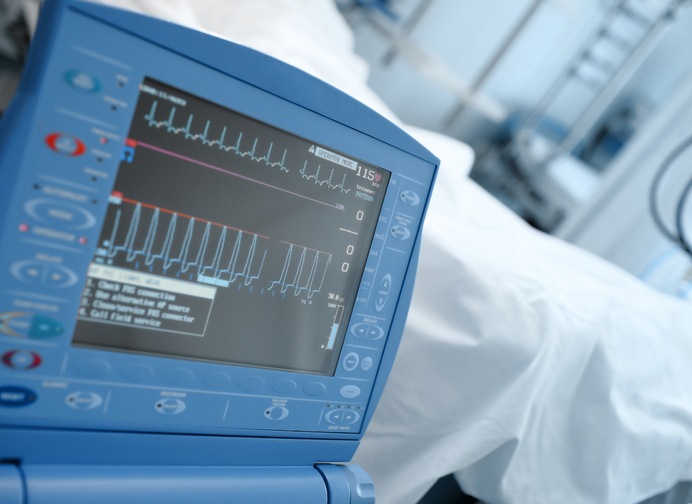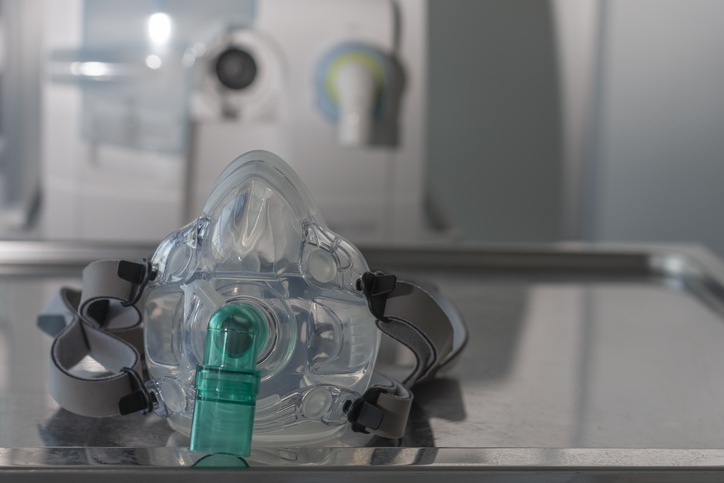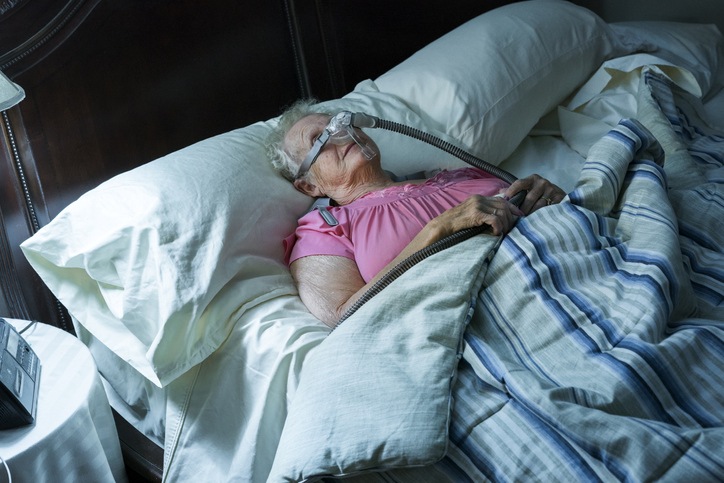
Sleep disordered breathing (SDB) is not uncommon in hospitalized patients with congestive heart failure (CHF). But making a diagnosis, particularly in the inpatient setting, poses challenges.
Ritwick Agrawal, MD, assistant professor of medicine of the Sleep Disorders Clinical & Research Center at the Michael E. DeBakey Veterans Affairs Medical Center in Houston, Texas and of the Baylor College of Medicine, discussed the prevalence and mortality of SDB in hospitalized patients with CHF, barriers to diagnosis, and possible strategies during a live session at the CHEST Annual Meeting 2020 titled “Sleep-disordered Breathing and Congestive Heart Failure: An Update!”
The prevalence of SDB in patients with CHF is estimated to be anywhere from 40% to 70%. However, many patients with CHF with SDB go undiagnosed.
“What separates these patients from [the] general population—a community sample—is these patients have somewhat atypical symptoms. They have less daytime [sleepiness],” he explained. This creates a problem because patients are typically referred to centers when they are feeling sleepy: “If they are not sleepy, they may not get referred to [centers] as often and hence may go undiagnosed.”
Left untreated in patients with CHF, obstructive sleep apnea (OSA) may increase mortality risk, independent of confounding factors.
Dr. Agrawal cited an outpatient prospective cohort study of 164 patients with CHF with left ventricular ejection fraction ≤45% and New York Heart Association Classification 2-4; 113 patients had mild or no OSA (Apnea-Hypopnea Index [AHI] <15/h). Of the 51 patients with moderate-to-severe OSA, 34 were untreated. Cardiac mortality was higher among the untreated patients with OSA than those with AHI <15 (8.7 vs. 4.2 deaths per 100 patient-years).
“It is a substantial problem, and it has a pretty significant impact [on] long-term mortality,” he remarked.
Given the high proportion of patients who go undiagnosed and the impact this has on mortality, screening for SDB is important. This raises the question of how to screen in the inpatient setting, in patients who are coming in for something completely unrelated, Dr. Agrawal said.
Barriers to screening include:
- Less pronounced symptoms—these patients may not experience significant sleepiness
- Screening tools like the Epworth Sleepiness Scale and STOP-BANG are not well-validated in this population
- Availability of inpatient sleep medicine service
- Long-term positive airway pressure (PAP) therapy mortality data are limited
He also acknowledged that the current COVID-19 pandemic creates additional complexities of its own.
Dr. Agrawal described several potential screening modalities:
- Clinical assessment in combination with screening tools such as STOP-BANG
- Oxygen desaturation index
- Unattended sleep testing
He cited a single-center study of portable sleep monitoring to diagnose sleep apnea in 53 hospitalized patients with decompensated heart failure. The correlation with the overall AHI was 0.94.
More recently, research has focused on high-resolution pulse oximetry, which may already be available in many hospitals.
The next question is whether patients with heart failure who test positive for SDB should be treated. Dr. Agrawal raised several questions to consider:
- Will the patient accept the treatment?
- Will the patient adhere to the use of a PAP device after discharge?
- How will long-term clinical endpoints (mortality, readmissions) be affected?
In his closing remarks Dr. Agrawal reiterated the high prevalence of SDB in hospitalized patients with CHF and the associated high risk of mortality. “Portable sleep testing and high-resolution pulse oximetry may be helpful in making [an] inpatient diagnosis,” he said. But, “The role of PAP therapy in improvement of long-term mortality is unclear.”







 © 2025 Mashup Media, LLC, a Formedics Property. All Rights Reserved.
© 2025 Mashup Media, LLC, a Formedics Property. All Rights Reserved.